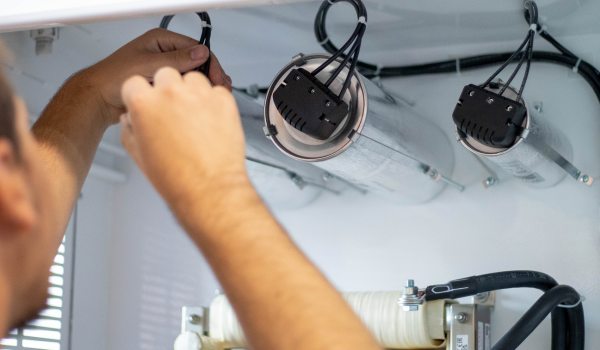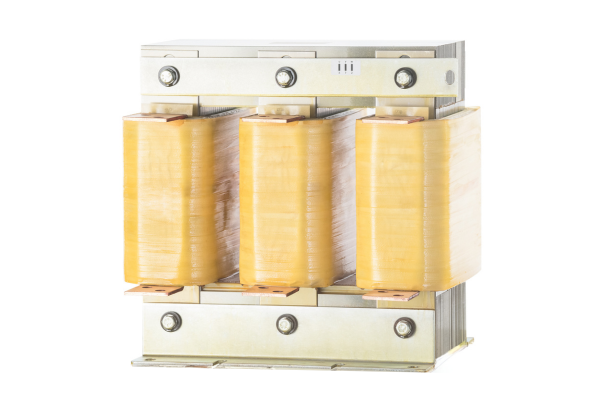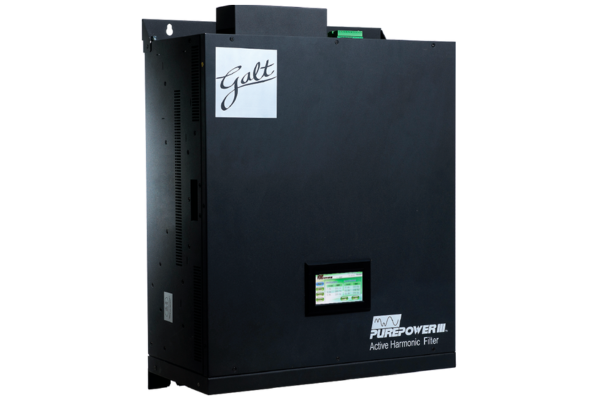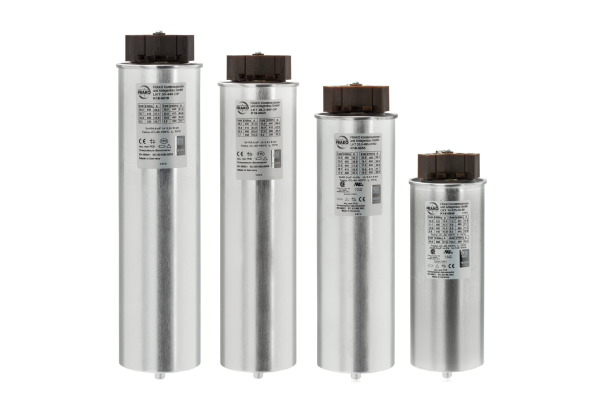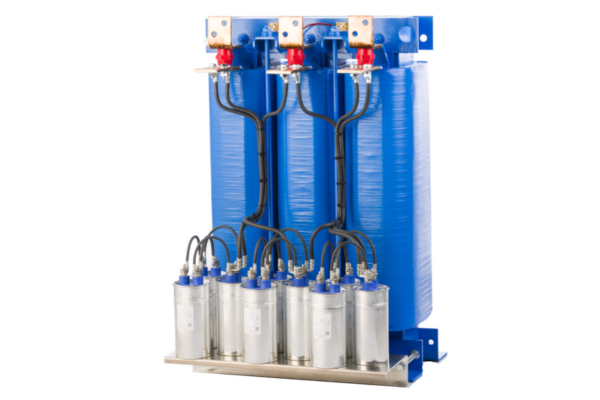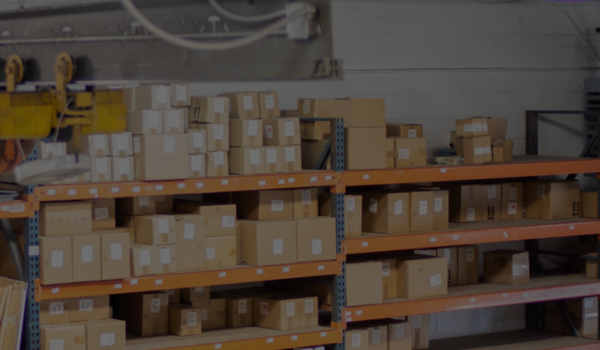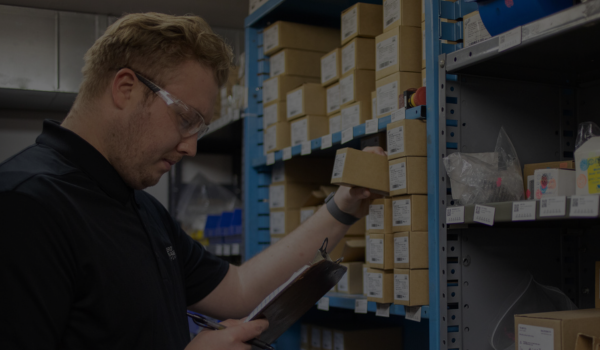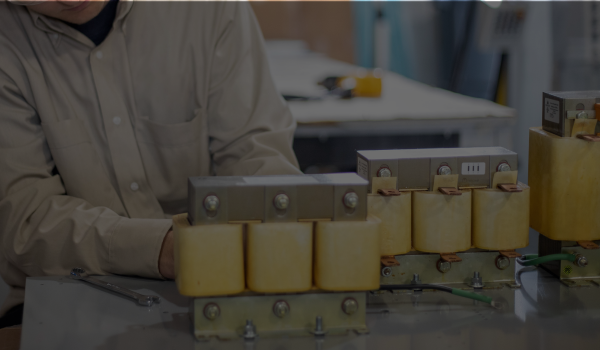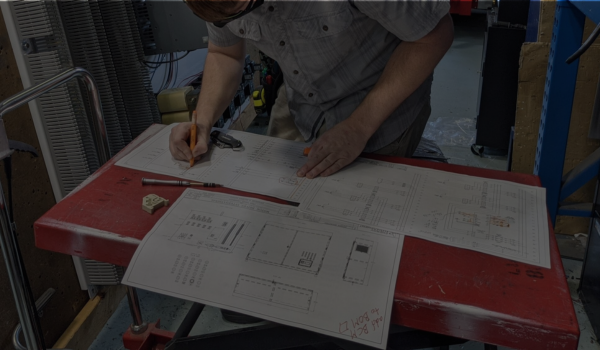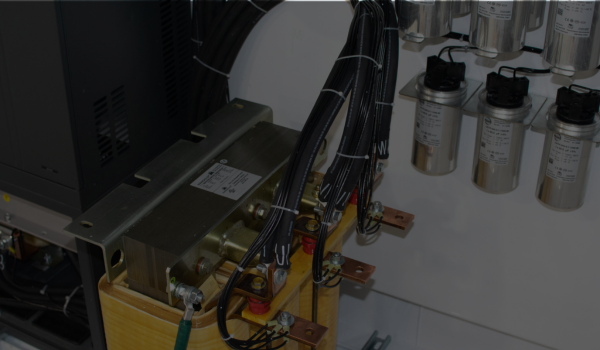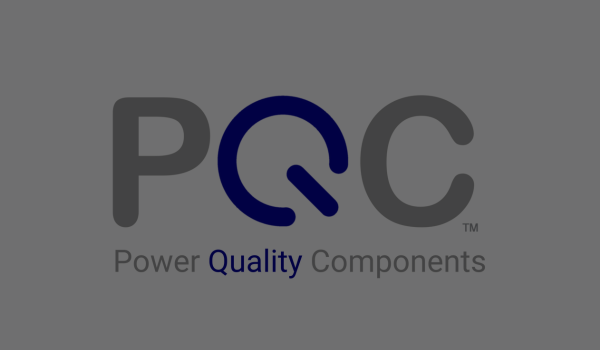A critical spare is a spare part on standby where its in-use counterpart would need immediate replacement for essential operations to continue.
Among its numerous parts and components, every electrical system has some parts that simply have to keep working in order to avoid downtime, or a stoppage of normal operations.
This can include the power quality components of your variable frequency drive (VFD), which we’ll focus on in this article.
Have you ever gotten a flat tire on the open road and had to throw on the spare? Chances are you probably never thought too much about that extra tire stowed away in your trunk. Not, at least, until you needed it. It’s that point when the spare tire became the immediate and sudden difference between being able to continue your trip or sitting stranded in the middle of nowhere.
Just like how your spare tire can be an underappreciated yet irreplaceable component of your vehicle, so too are the critical components of your VFD and power system, thus the need for backup or replacement parts to be readily available.
Which parts are the “critical” parts?
Things like filters, capacitors, and reactors may not be the first things you think of when you’re talking about critical components in your system as a whole. However, depending on the setup and wiring of your VFD, it’s likely that a failure of one of the parts will result in an interruption on the line that you’re not prepared for. Without critical spares available, the interruption results in downtime of an otherwise healthy system until addressed.
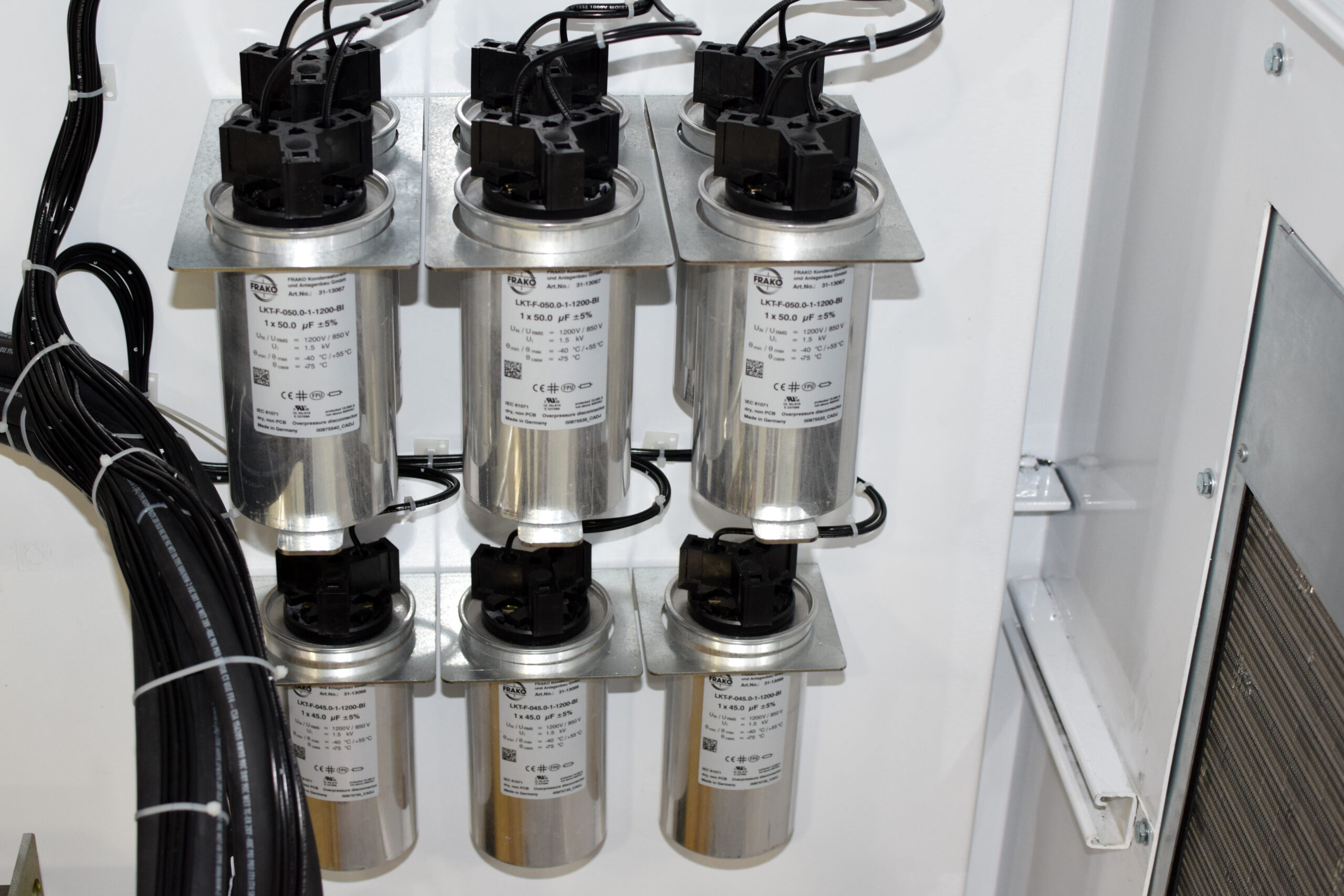
A set of capacitors on a VFD system.
Another aspect to look at is which components in your drive system are the most commonly in need of replacement or backup. For example, reactors are an important component that we recommend at least having some backups for, but the way reactors are built makes them inherently sturdy and unlikely to experience an unplanned critical failure. A reactor breakdown isn’t something you’ll see often unless you’ve got much bigger system issues that might have stemmed from an uncommon event such as a lightning strike.
Capacitors, on the other hand, while still reliable, are something operators more likely have their attention on when it comes to part failures in a VFD system. Two common capacitor types we see are electrolytic gel capacitors and dry film capacitors. Capacitors using electrolytic gel can have some issues with going bad, leaking, or expanding (up to the point of rupture) due to poor performance against certain voltages or when facing high temperatures or ripple currents, or by just getting older. However, facilities can keep aging capacitors and maintain them through capacitor reforming techniques such as slow charging or trickle charging.
Cost vs Benefits of Keeping Critical Spares
Some operators may look at other options outside of a critical spare management plan, such as rewiring the VFD or having a drive with a bypass system. However, these alternatives can often either be overly complicated, cost more money, or both.
Of course, critical spare management is not completely without cost beyond even the purchase of spare parts. Many components cannot just collect dust in a storeroom until needed, otherwise the failure of those parts is more imminent upon use. Electrolytic gel capacitors, for example, are notorious for this as the gel will not be as sustainable in working conditions if left sitting too long in storage.
Done right, keeping an adequate and well-maintained inventory of critical spares is a calculated investment in future savings. Your plan helps you embrace the truth that it’s better to have a part and need it than to not have a part—and still need it. Being prepared for a part failure means not having to worry about the crippling expenses incurred by motor downtime compounded by expedited shipping of a new part, additional labor and overtime costs, and so on.
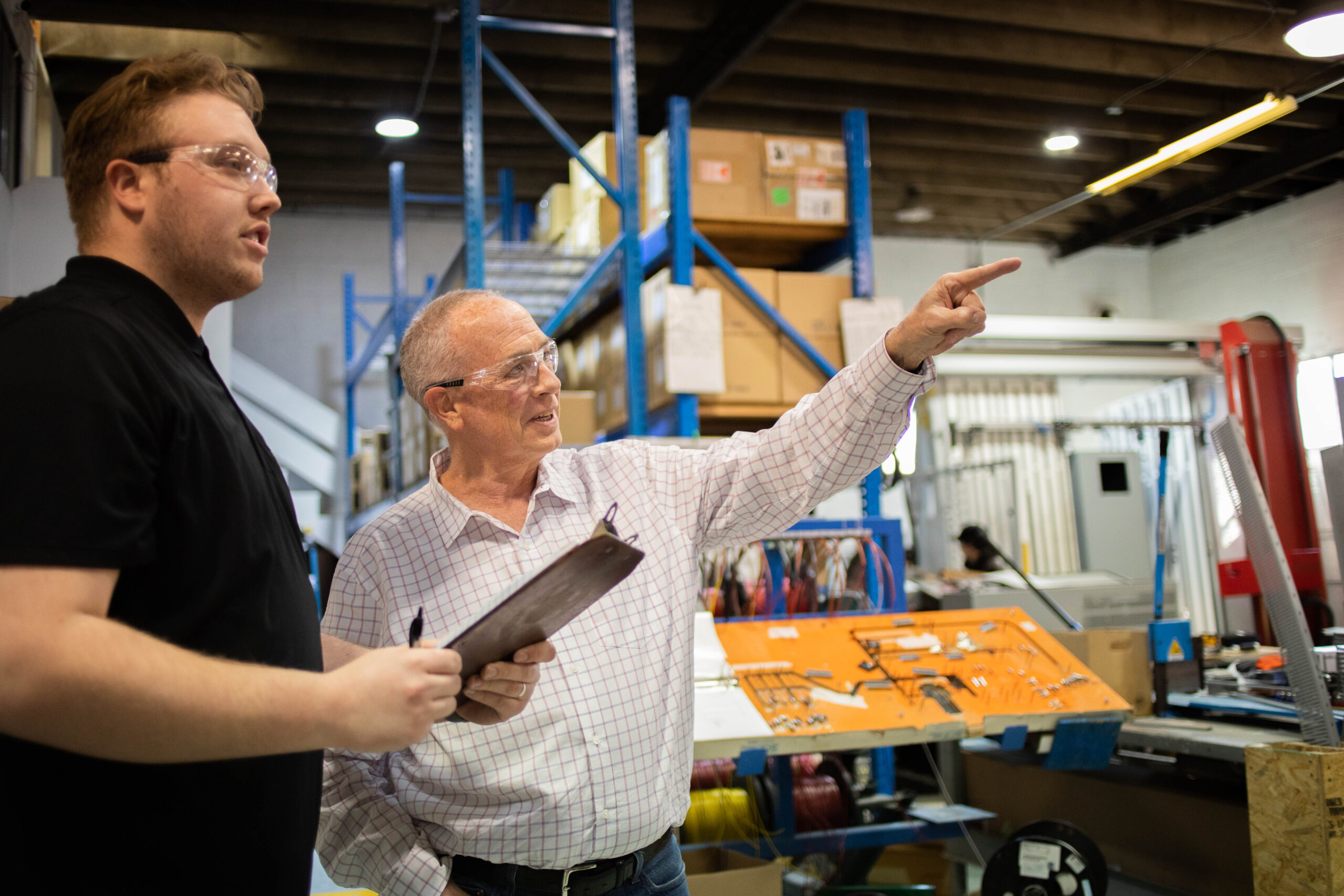
Best Practices for Critical Spare Management
- Identify the critical parts of your system. Doing this could involve getting more into the data if you’re aiming to create an in-depth plan.
- Determine what repairs or spare parts are worth investing in. The smaller the system, the more cost effective it tends to be to replace the entire system. Smaller components also tend to have more stock readily available at vendors, meaning you have less necessity to stock it yourself.
- Maintain higher stock on parts that are more likely to break down, such as capacitors.
- Track and report on the average time a product performs its normal workload before failing or needing repair. Use this information to proactively stock parts in anticipation of needing them.
- Determine if your ordering strategy can be simplified for certain parts. For example, most brands of capacitors, such as Frako, only have a few generalized part numbers, so you can easily stock a larger quantity of capacitors that can be uniformly used as backup across multiple VFDs and other applications in your operation.
- Consider if some of your critical spare strategies could benefit from alternative parts in stock. For example, most companies still rely on electrolytic gel capacitors, which have about a 7 to 10-year lifespan and need to be reformed yearly to be usable. Dry film capacitors are a newer technology that has a 15 to 20-year lifespan and requires little to no reforming, making storage of critical spares easier. They also tend to be more price competitive now than they have been in the past.

